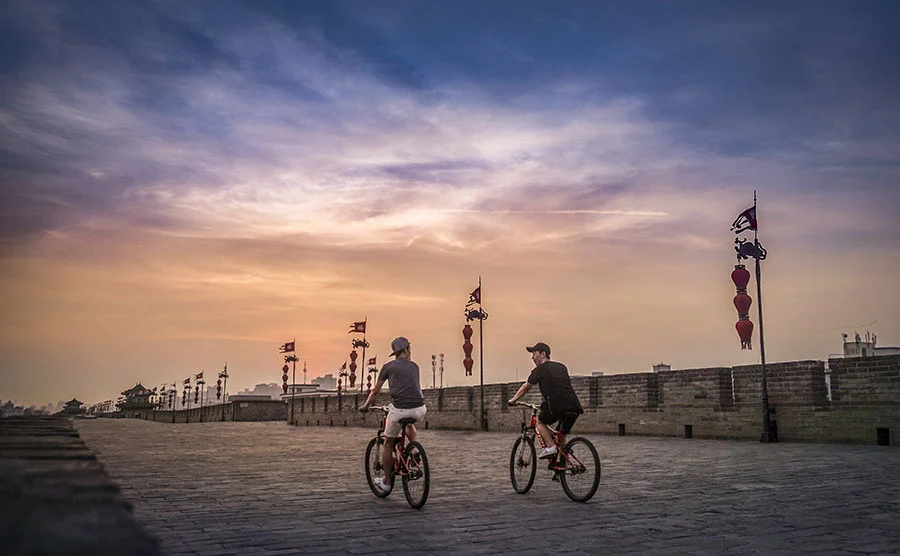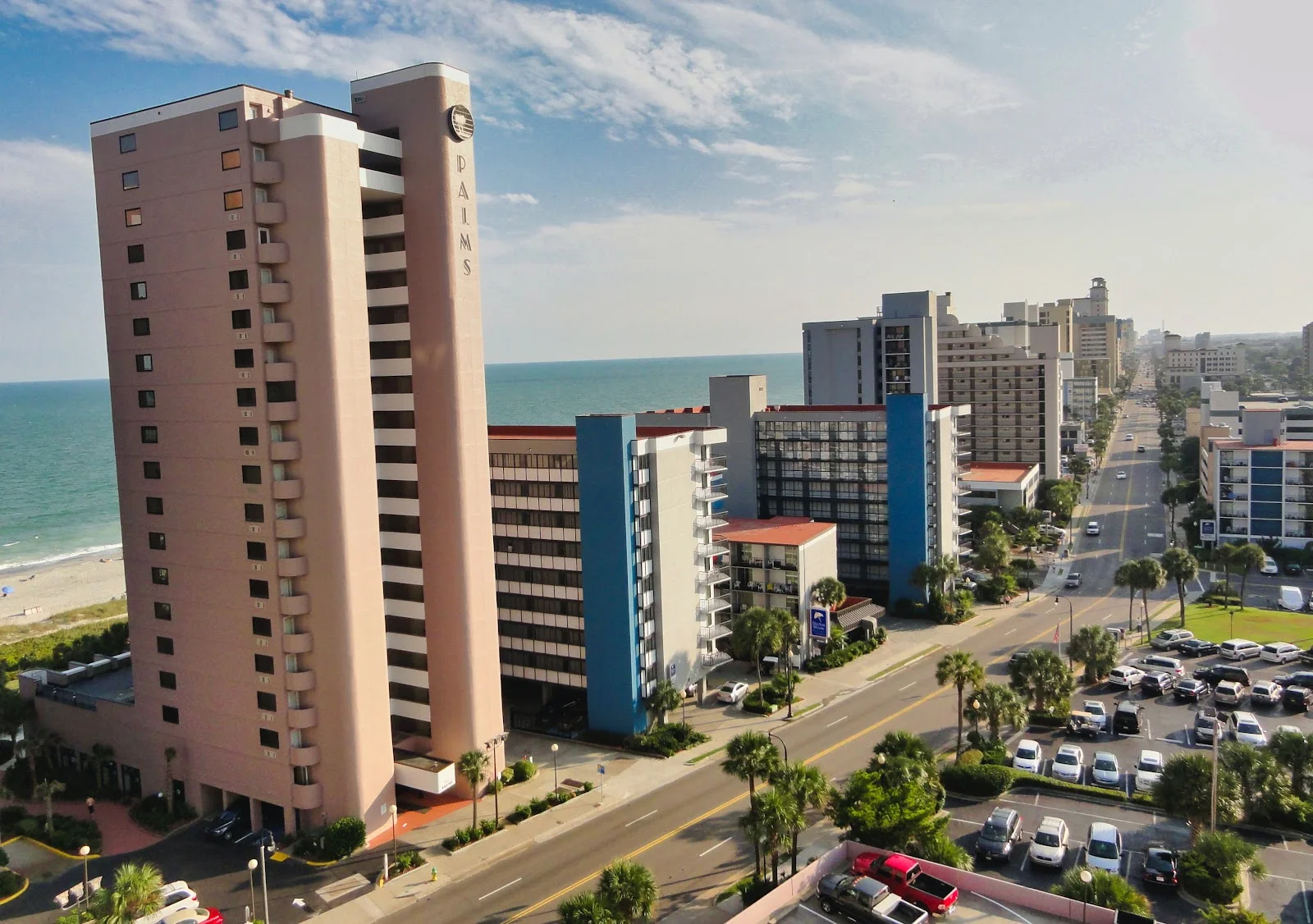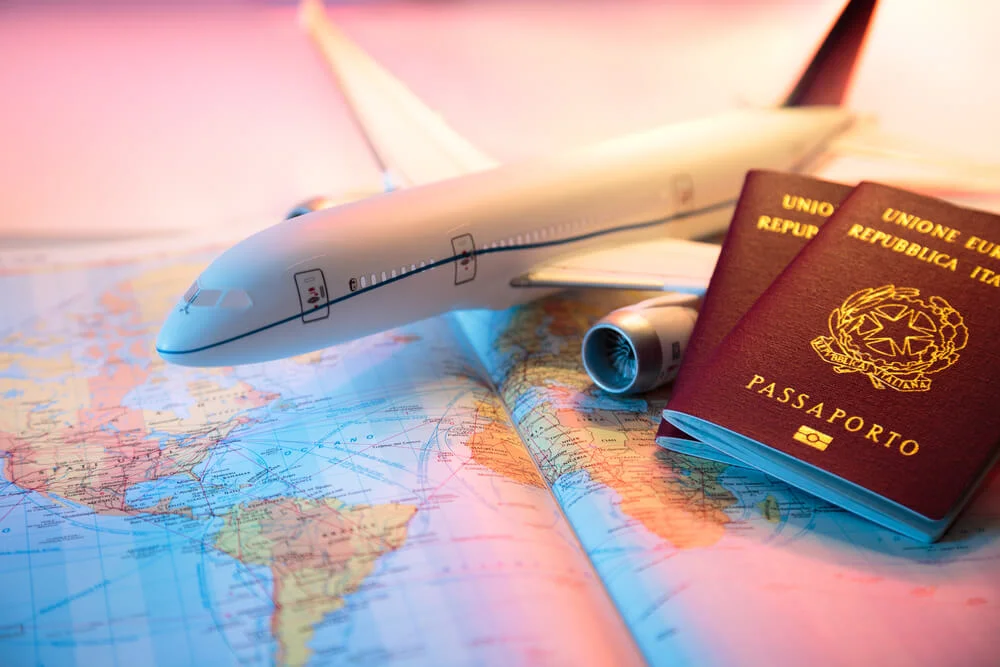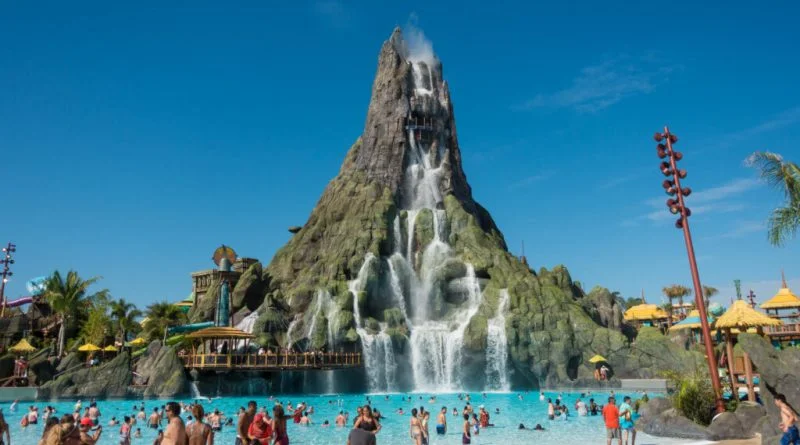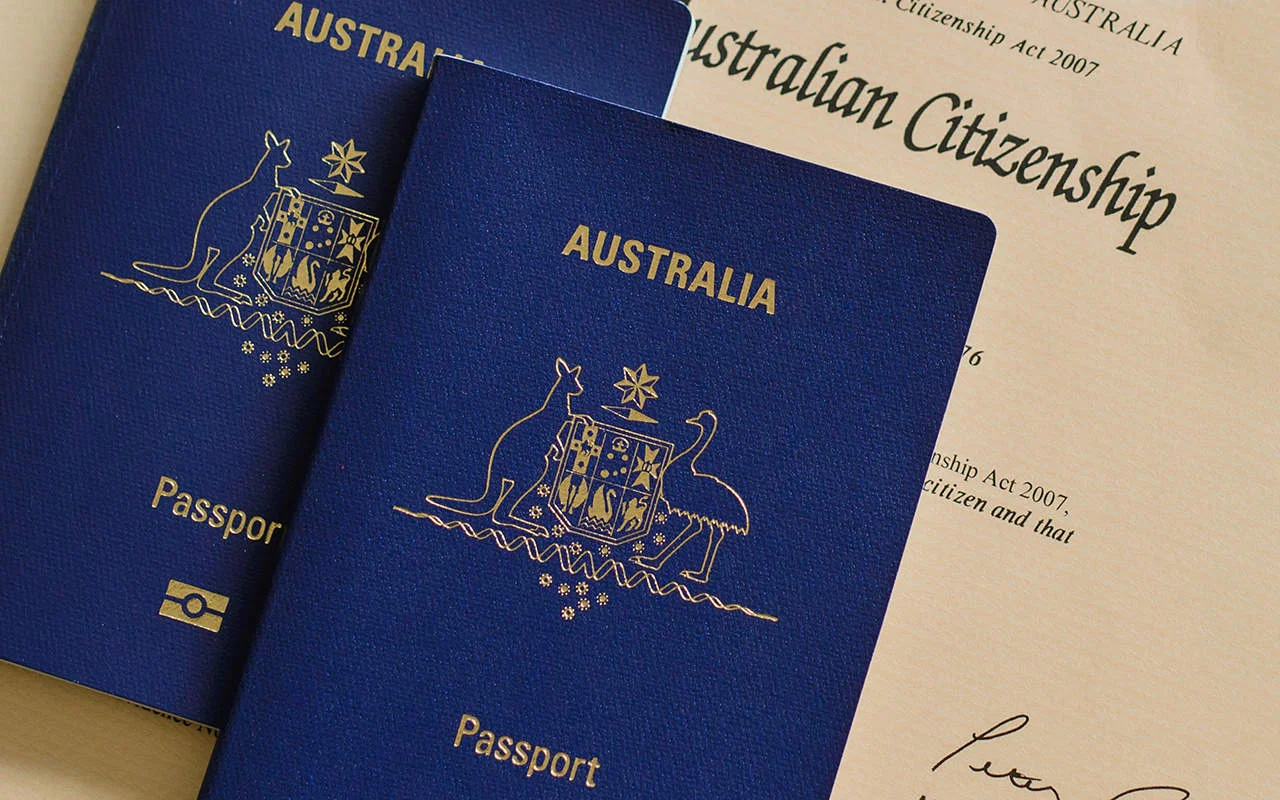One of the most fascinating attractions in Xian is the Terra-cotta Soldiers, discovered by peasants digging a well in 1974. These figures are now considered the most impressive archaeological find of the 20th century. They are terra-cotta replicas of Emperor Qin Shi Huang’s imperial guards, and feature unique poses, facial features, and weapons. Visitors can even climb onto their eleven chariots to admire them from above.
Terra-cotta Soldiers
Xian Terra-cotta Army is a group of terra-cotta sculptures of armies of the Qin Dynasty. Buried with the Emperor in 210 BCE, these men were meant to protect the Emperor in his afterlife. The soldiers were buried in four main pits, each about seven meters deep, located about 1.5 km east of the Qin emperor’s mausoleum. Their placement is such that they protected the tomb from the east.
Xian first emperor ordered the construction of the underground palace. The Qin emperor ordered the construction of the palace, which was defended by a group of 8,000 life-sized terra-cotta warriors, a cavalry of six hundred and seventy horses and 130 chariots. In addition, the army contained 40,000 bronze weapons, including swords, longbows, arrowheads, spears, and more. The weapons were carefully treated with sophisticated metallurgy techniques so that they did not rust. This preservation preserved their sharpness, even after a double-millennial burial.
The first vault/pit is located about 20 meters away. It has a built-up area of about 6000 square meters and a depth of five meters.
There are three types of terra-cotta soldiers:
- Standing archers Chariots
- Infantry
- Troopers
The third vault/pit is the smallest of the three. There are 68 terra-cotta figures in the third vault/pit. The terra-cotta soldiers differ in facial features, hairstyles, and arm of service.
The Terra-cotta Soldiers in XIan, the Cradle of Chinese Culture are an important historical site in the region. In 1974, peasants in the surrounding area discovered the soldiers, which are now considered one of the seven wonders of the world. In 1987, the soldiers were designated as a UNESCO World Heritage Site. The Terra-cotta Army of Qin Shi Huang was the first such archaeological find.
The tomb contains one of the largest terra-cotta collections to leave China. The terra-cotta soldiers are arranged in battle formation. They also include standing and kneeling archers. Another highlight is the bronze carriages. They are made of more than 3,400 pieces and were drawn by four bronze horses. They are each 65 to 67 centimetres tall and weigh about a kilogram.
Terra-cotta Army
Among the many reasons to visit Xian, the Terra-cotta Army is one of the most famous attractions. Unearthed in 1974 by peasants digging a well, the Army is considered to be the greatest archaeological find of modern times. They represent the soldiers of Emperor Qin Shi Huang, the first emperor of China, and are remarkable in their size and shape, as well as their array of weapons.
The Terra-cotta Army is an amazing collection of life-sized clay sculptures that represent the armies of the First Emperor of China. The army, which numbered over 8000 soldiers, was built to guard the tomb of Qin Shi Huang. It is believed that the emperor, who was only 13 years old at the time, wanted the army to protect him in the afterlife. The army has been found and unearthed, and archeologists are still uncovering underground treasures in the area.
The Terra-cotta Army has been classified into eight basic categories: officers, soldiers, and archers. Each rank has different hairstyles and facial features. They also have different hairstyles, depending on the service arm of each individual. In the ancient days, hairstyles were important as it indicated social status. In general, there were two types of hairstyles for armies: braided hair and buns.
The first vault/pit contains the archers and cavalry. The second vault/pit is 20 meters away and has a built-up area of 6000 square meters. It is five meters deep. There are three rows of terracotta figures, the largest of which is Pit 1, which is the largest. It is estimated that there are over 6,000 terra-cotta figures. The largest, pit 1, contains the most impressive images.
One of the most popular reasons to visit Xian the Cradles of Chinese Culture is the Terra-cotta Army. The first Chinese emperor, Qin Shi Huang, had his tomb surrounded by terra-cotta life-like models, representing the soldiers of Qin ShiHuang. These life-like models were crafted by 720,000 workers in 246-206 BC.
Terra-cotta Soldiers in Xian
Xian Terra-cotta Army is a collection of terracotta sculptures of armies that belonged to the great Qin Shi Huang. The army was buried with the emperor in 210–209 BCE as a form of funerary art. In this way, the army would protect Qin Shi Huang from the afterlife. While visiting the Xian site, you can see the army in person and learn more about the history of China.
Visitors to the terra-cotta soldiers in Xian can visit all three pits, which are situated about an hour outside the city center. The imposing Terracotta Army is the highlight of this tour, so it’s a good idea to plan your trip accordingly. The first pit contains 72 warriors, believed to be the army’s headquarters. The second pit contains 1300 warriors. Visitors can examine up to five soldiers up close to see their details. The level of detail is truly extraordinary – from hairstyles to armour and the tread of their shoes.
The terra-cotta army is one of the most famous archaeological finds in the world. The super-sized army is believed to be the guardians of the first Emperor of China, Qin Shi Huang. It is believed that Qin Shi Huang was terrified of vanquished spirits in the afterlife and expected his rule to continue after death. In fact, the Terra-cotta Army has been listed as a UNESCO World Heritage Site since 1996.
Among the terra-cotta warriors are those buried in the emperor’s tomb. The soldiers are made of terra-cotta and may have been sculpted by hand before being fired. The terra-cotta soldiers were assembled from different parts. The workers then positioned each soldier in a pit according to rank and duty. This process continued for nearly three decades, with further discoveries still being made.
The discovery of the terra-cotta army of warriors was a fortuitous one. Peasants were drilling a well when they accidentally uncovered an underground vault containing thousands of terra-cotta soldiers and horses. Though the army was a mythical army, the soldiers still portray the strength and organization of a modern military. And while their soldiers are merely sculptures, they were once armed with arrows and crossbows.
Terra-cotta Soldiers in Pingyao
The Terra-cotta Soldiers in Ping-yao were created to guard Emperor Qin’s tomb. Unlike the Chinese clay figurines, they were made with molds, indicating the early days of assembly-line construction. The figures have facial features that were added after they were molded. This shows the craftsmanship that went into the terra-cotta soldiers. In fact, there are at least 2,500 pieces of terra-cotta warriors in the Pingyao area.
The terra-cotta soldiers at Ping-yao were discovered in 1974 by a group of peasant workers digging a well. After discovering the terra-cotta army, top archeologists in China surveyed the site. This was the first of a series of discoveries relating to the history of the ancient Chinese civilization. As a result, the site is considered to be important.
The three Pits of the Terra-cotta Army are arranged in a strict conformity to the directives of the Art of War. The first two pits are facing east, toward the ancient enemies of the Qin State. The third pit is located south-east of the first, and is considered to be the army’s general headquarters. Nearby Pit 2 is the Terra-cotta Army Exhibition Hall, which houses more than 6,000 terra-cotta soldiers.
The second best place to see the Terra-cotta Soldiers is the Qinshihuang Mausoleum. This site contains one of the largest collections of life-size terra cotta sculptures. It is said to represent the army of Qin Shi Huang, the first emperor of China. It is a UNESCO World Heritage Site, and it’s definitely worth the visit.
The Terra-cotta Soldiers in Ping-yao are a great way to understand the history of ancient China. Originally, the emperor’s tomb was located near the terra-cotta army. The army was built around the emperor’s mausoleum, and they probably served as his guards while he was in his afterlife. Afterward, the terra-cotta soldiers were placed in the pits according to rank and duty.
The Terra-cotta Soldiers in Ping-yao are located about 50km from Xian . Using a bus, you can visit the site in an hour. It takes approximately an hour to reach the site, and you can hire a guide from the ticket window. There are two main pits, and two smaller ones. The first pit was discovered in 1975 and the second pit was excavated in 1976.
Get More Information:
- Hypnogram XYZ | Image-generating application
- How to Start a Spotify Podcast: Monetizing Your Podcast
- 6 Ways to Save Money When You Buy Sports Tickets
- How Does a Digital Factory Work?
- Top Interview Questions To Be Aware of When Preparing For a Six Sigma Interview
- InferKit | A Powerful Text Generation Tool
- Crucial Real Estate Marketing Materials
- How Much is Home Window Replacement and Installation?
- 9xBuddy free online video downloader

